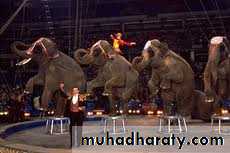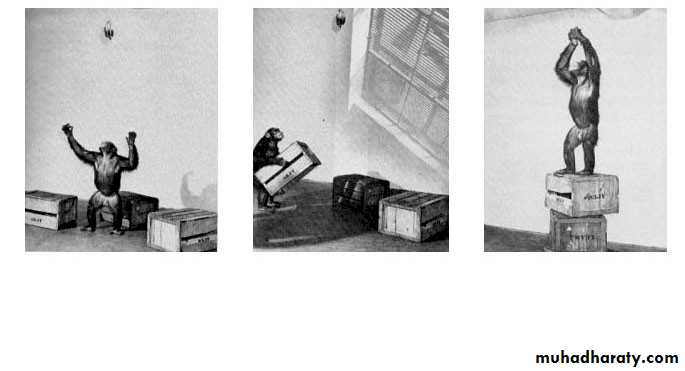Seductive patient
Use open ended questionsRefuse to see the patient
Ignore if the patient cross boundaries
Set limits to behaviors you will tolerate
non of the above
Learning theory
15th nov. 2015Learning
DefinitionSimple (habituation and sensitization)
Complex (conditioning: classical and operant)
Habituation (desensitization) repeated stimulation results in a decreased response
SensitizationClassical conditioning
classical conditioning,
A natural or reflexive response (behavior) is elicited by a learned stimulus (a cue from an internal or external event). This type of learning is called associative learning.The hippocampus and cerebellum
Elements of classical conditioning
1. An unconditioned stimulus (food)
2. An unconditioned response (salivation to food)
3. A conditioned stimulus (bell)
4. A conditioned response (salivation to bell)
• In acquisition, the conditioned response (e.g., salivation in response to the lunch bell) is learned.
2. In extinction, the conditioned response decreases if the conditioned stimulus (e.g., the sound of the lunch bell) is never again paired with the unconditioned stimulus (e.g., the odor of food).
3. In stimulus generalization, a new stimulus (e.g., a church bell) that resembles a conditioned stimulus (e.g., the lunch bell) causes a conditioned response (e.g., salivation).
Aversive conditioning
An unwanted behavior (e.g., setting fires) is paired with a painful or aversive stimulus (e.g., a painful electric shock). An association is created between the unwanted behavior (fire-setting) and the aversive stimulus (pain) and the fire-setting ceases.Learned helplessness
1. An animal receives a series of painful electric shocks from which it is unable to escape.2. By classical conditioning, the animal learns that there is an association between an aversive stimulus (e.g., painful electric shock) and the inability to escape.
3. Subsequently, the animal makes no attempt to escape when shocked or when faced with any new aversive stimulus; instead, the animal becomes hopeless and apathetic.
4. Learned helplessness in animals may be a model system for depression (often characterized by hopelessness and apathy) in humans.
5. Antidepressant treatment increases escape attempts in animal models.
Imprinting is the tendency of organisms to make an association with and then follow the first thing they see after birth or hatching (in birds).
OPERANT CONDITIONIN
1. Behavior is determined by its consequences for the individual. The consequence (reinforcement or punishment) occurs immediately following a behavior.2. In operant conditioning, a behavior that is not part of the individual’s natural repertoire can be learned through reinforcement.
The likelihood that a behavior will occur is increased by positive or negative reinforcement & decreased by punishment or extinction.
a. Types of reinforcement include:
(1) Positive reinforcement (reward) is the introduction of a positive stimulus that results in an increase in the rate of behavior.
(2) Negative reinforcement (escape) is the removal of an aversive stimulus that also results in an increase in the rate of behavior.
b. Punishment is the introduction of an aversive stimulus aimed at reducing the rate of an unwanted behavior.
2. Extinction in operant conditioning is the gradual disappearance of a learned behavior when reinforcement (reward) is withheld.
The pattern, or schedule, of reinforcement affects how quickly a behavior is learned and how quickly a behavior becomes extinguished when it is not rewarded (Table 7.2).
Continuous
Fixed ratioFixed interval
Variable ratio
Variable interval
Resistance to extinction is the force that prevents the behavior from disappearing when a reward is withheld.
Shaping and modeling
• Shaping involves rewarding closer and closer approximations of the wanted behavior until the correct behavior is achieved2. Modeling is a type of observational learning











